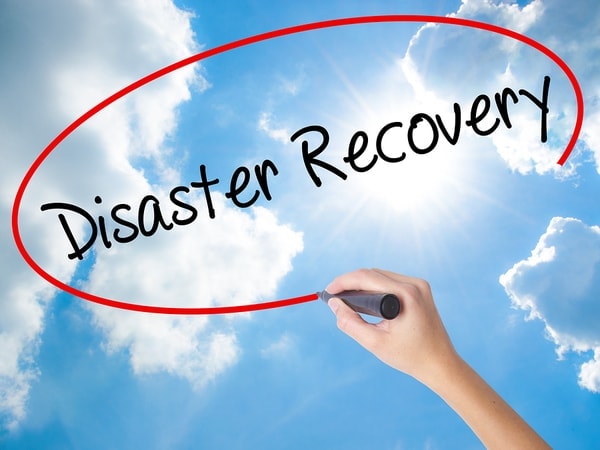Stages of Disaster Recovery
This information share comes to us from the Rural Advancement Foundation International-USA and is aimed at agencies and community groups. It examines how the relationships between and the feelings toward aid groups, community members and politicians change as the phases begin and complete. Perhaps we can learn from their expertise of having participated in many disaster recovery efforts.
These stages mirror the three community and individual trauma recovery stages outlined below.
This is a good time for us, as partners, individuals and community members, to be very clear about where we are in the process, and communicate with one another with a conscious acceptance of what is and what is to come.
Heroic Phase
During the actual natural disaster. The emergency itself. This is when the urgency of the situation helps people come together in new ways to do great things together. - COMPLETE
Honeymoon Phase
The days immediately after the disaster. The politicians promise assistance. The media blasts the story across the country, donations stream in and aid trailers are everywhere. The calgary has arrived. The community feels the sense of a shared experience and that help is on its way. - ALMOST COMPLETE
Disillusionment Phase
After a few weeks of the honeymoon phase, the politicians move on to other issues, as does the media, and the assistance groups (like FEMA) pack up. People go home to deal with the enormity of the process of rebuilding. They realize that the donations and help that poured in offer short-term help but do not help long-term. They notice that the help that the government officials and politicians offer may require a lot of paper work and hoops to jump through. The sense of community and hope is eroded as individual community members deal with their own needs. Agencies and aid groups need to be aware that people may get angry at them. The adrenaline wares off and old divisions and issues pop back up. - ON-GOING
Reconstruction Phase
People begin to get used to the "new normal" and the focus goes from the aid coming in to how "we" take ownership of the recovery. There's a renewal of relationships that were created in the first two phases. There's a sense of working together, groups reforming and people come together in new ways again. - ON-GOING
The Good News
This is all quite normal!
What We Need to Know About Trauma & Recovery
Gabriella (Gabby) Grant, Director of the California Center of Excellence for Trauma Informed Care, spoke to folks in Lake County after the fires about recovery, based on her experience with victims of both natural and man-made disasters such as: the Oklahoma bombing, Hurricane Katrina and 9/11.
Gabby reminded us about the 3 Phases of Recovery, detailed below.
The 3 Phases of Recovery
Phase 1: Safety
Increase self-care in order to establish physical and emotional safety.
Phase 2: Remembrance and Mourning
Take time to honor the past, mourn losses and look at what we want to keep. Rituals can be useful in this phase.
Phase 3: Re-Connection
We ask ourselves: How can I (or we) be better prepared for life and its inevitable vagaries.
The level of trauma that was a result of the fires has the potential to cut through well-established trauma coping mechanisms, especially for those who experienced early childhood abuse/trauma. Have you seen an increase in substance use, risky behaviors, overt/covert emotional intensity - with many suffering the reactions unable to understand the link to their past childhood trauma - i.e. dreaming about a house burning is connected to an abusive parent?
It is generally easier for those without early childhood trauma to bounce back - and even for those people, a year is a reasonable period of recovery.
Our charge: Inform and remind people about Safe Coping Skills.
Post Traumatic Growth
According to Action for Happiness.ORG psychologists have identified a post traumatic response known as 'post-traumatic growth' (PTG). "PTG is defined as "a positive psychological change experienced as a result of the struggle with highly challenging life circumstances". PTG tends to surprise people, and is not usually a conscious aim. PTG results from a fundamental change in the way we see ourselves and or the world. A significant amount of research in recent years has focused on the factors that characterize such growth. These include:
- a 'seismic' disruption to how we see ourselves;
- the recognition that we have changed in some significant way for the better as a result of the event;
- a re-configuring of how we make meaningful sense of the world;
- deepening personal relationships through sharing and depending on others;
- development or mastery of new skills;
- re-prioritisation of goals and priorities, or setting of different ones; and even
- a greater spiritual belief or connection to something bigger."
If we look for it and create space for people to identify it, these are the types of psychological states that we may begin to see emerge in our community.
Inspiring Videos
There are so many great stories, from outside our community, with the power to motivate us and provide renewed energy and hope. These are just a few for you today. Take some time to learn and get inspired!
Jim Carey's Commencement Address (about 26 minutes)
Weed, CA: One Year After the Boles Fire (just over 4 minutes)
Nobel Peace Laureate Jody Williams on Peace, Hope and Taking Action (Just over 10 minutes)

